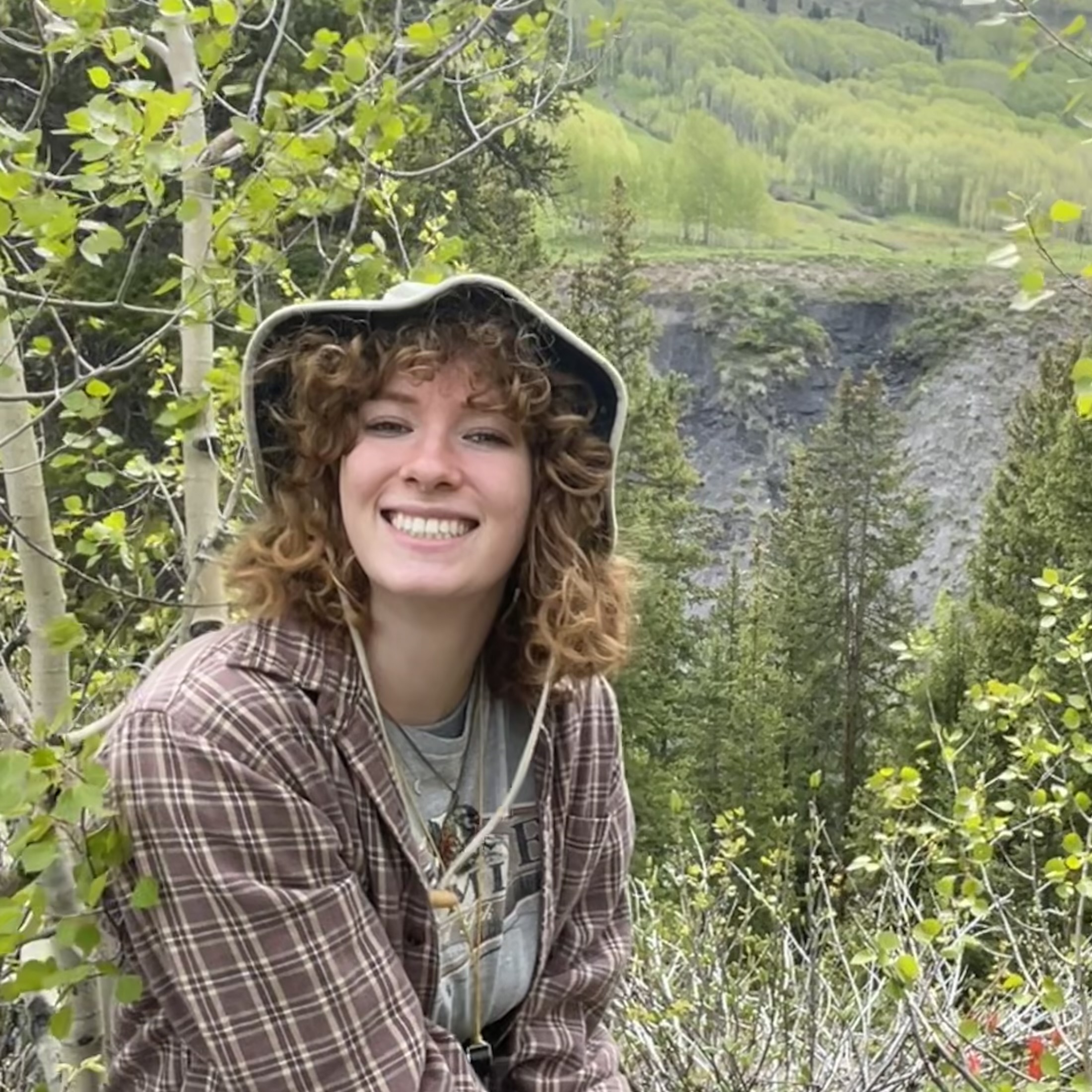Research Symposium
24th annual Undergraduate Research Symposium, April 3, 2024
Makena Lang Poster Session 1: 9:30 am - 10:30 am /7

BIO
I am passionate about conserving biodiversity through ecological research and public science communication. I am especially interested in botany, community ecology, and wetlands. In my free time, I enjoy swimming, hiking, and circus arts!
Host specificity of hemiparasitic Castilleja and its influence on plant community diversity.
Authors: Makena Lang, Jordan ArgrettStudent Major: B.S. in Environment and Society. Minor in Biology.
Mentor: Jordan Argrett
Mentor's Department: Odum School of Ecology Mentor's College: University of Georgia Co-Presenters:
Abstract
Hemiparasitic plants rely on their hosts for some of their nutritional requirements, but are still able to photosynthesize and absorb water and nutrients through their roots. Parasitic plants have been shown to impact plant community diversity by reducing dominant species' competitive ability, thus allowing for the growth and establishment of secondary, less competitive species. Castilleja is a hemiparasitic genus in the family Orobanchaceae. It forms root haustorial connections with hosts underground. Near The Rocky Mountain Biological Laboratory, there are six common, naturally occurring species of Castilleja. The diversity and specificity of host species of local Castilleja are unknown due to the difficult nature of observing belowground interactions. In this study, we aim to determine the most likely hosts of Castilleja, assess host specificity, and measure Castilleja’s impact on plant diversity and productivity in various Rocky Mountain ecosystems. We found local Castilleja species to be generalists which likely parasitize the most abundant species in the community and that Castilleja presence is positively correlated with plant community diversity and richness, but not evenness.
Keywords: plant ecology, hemiparasite, community ecology, biodiversity, castilleja


